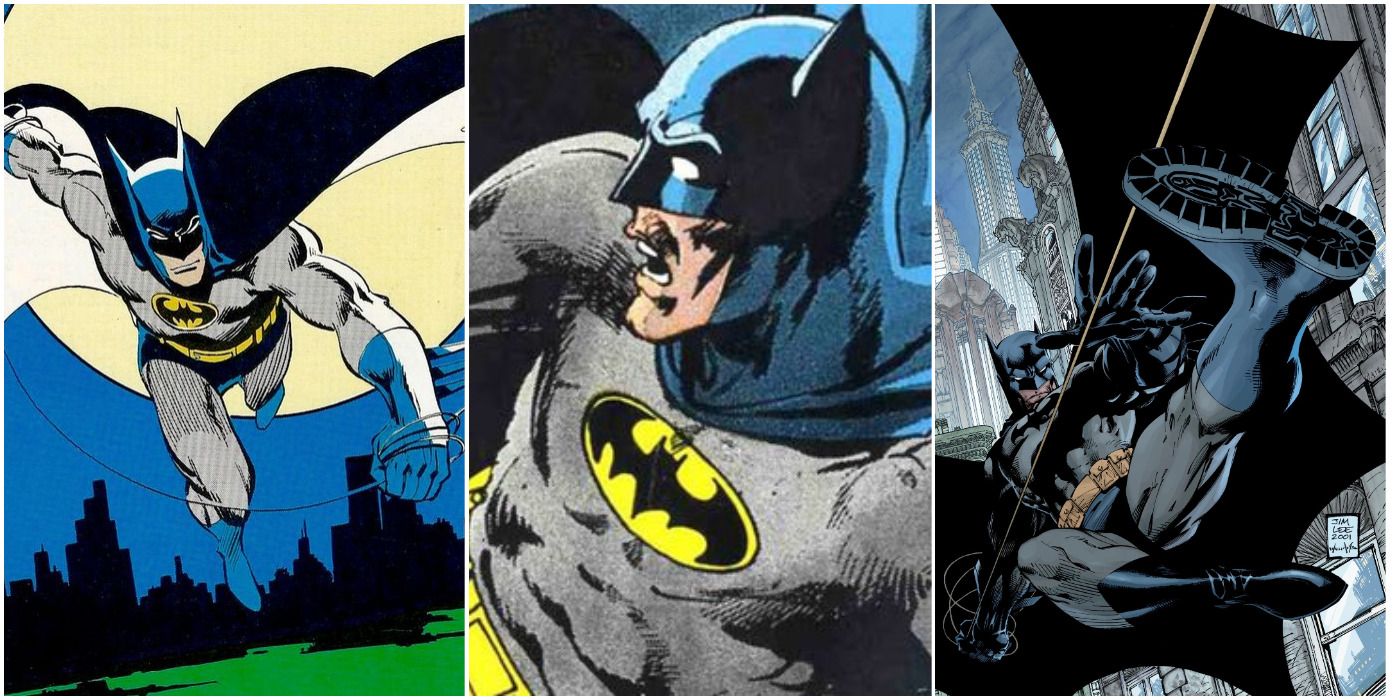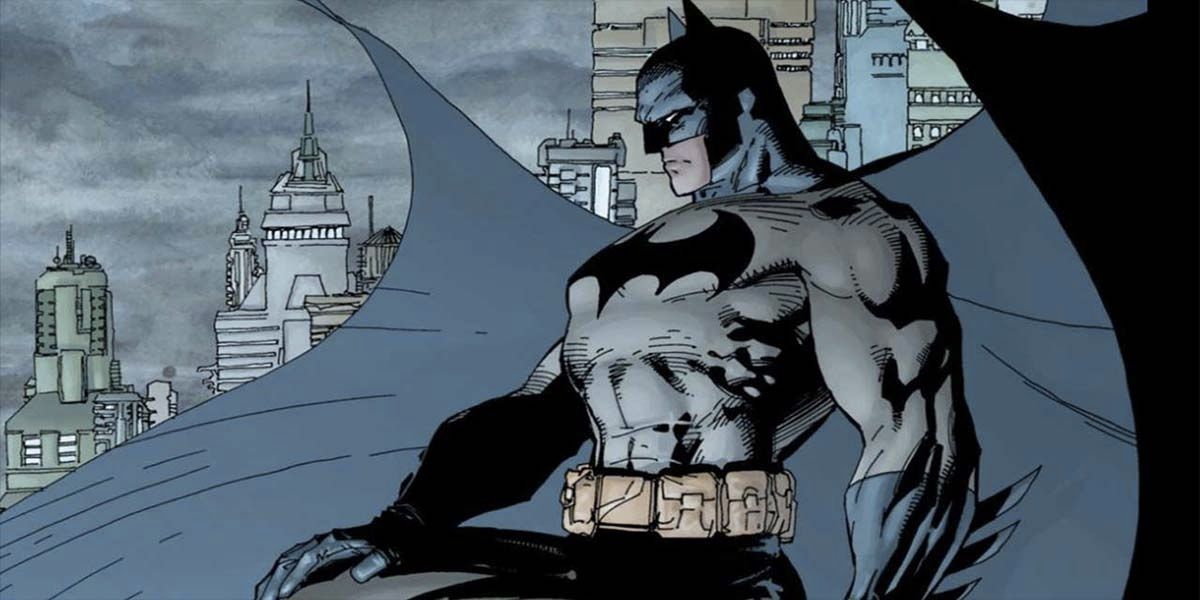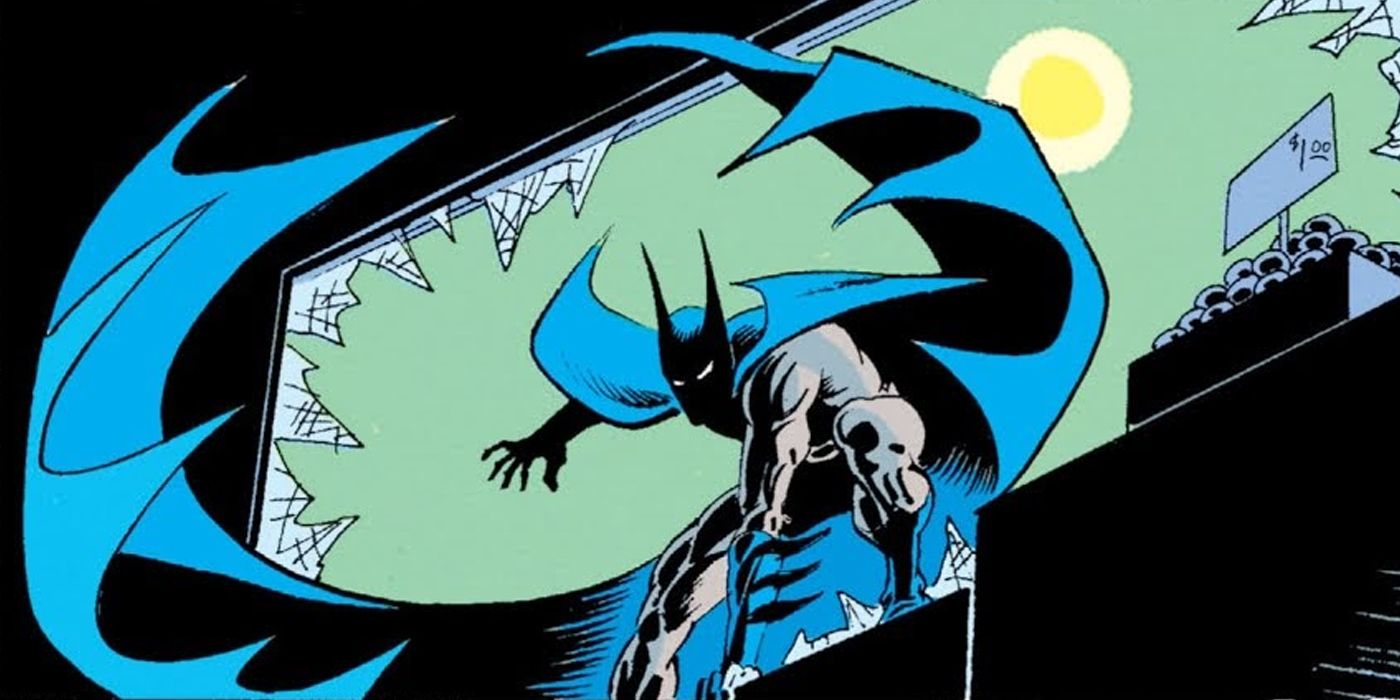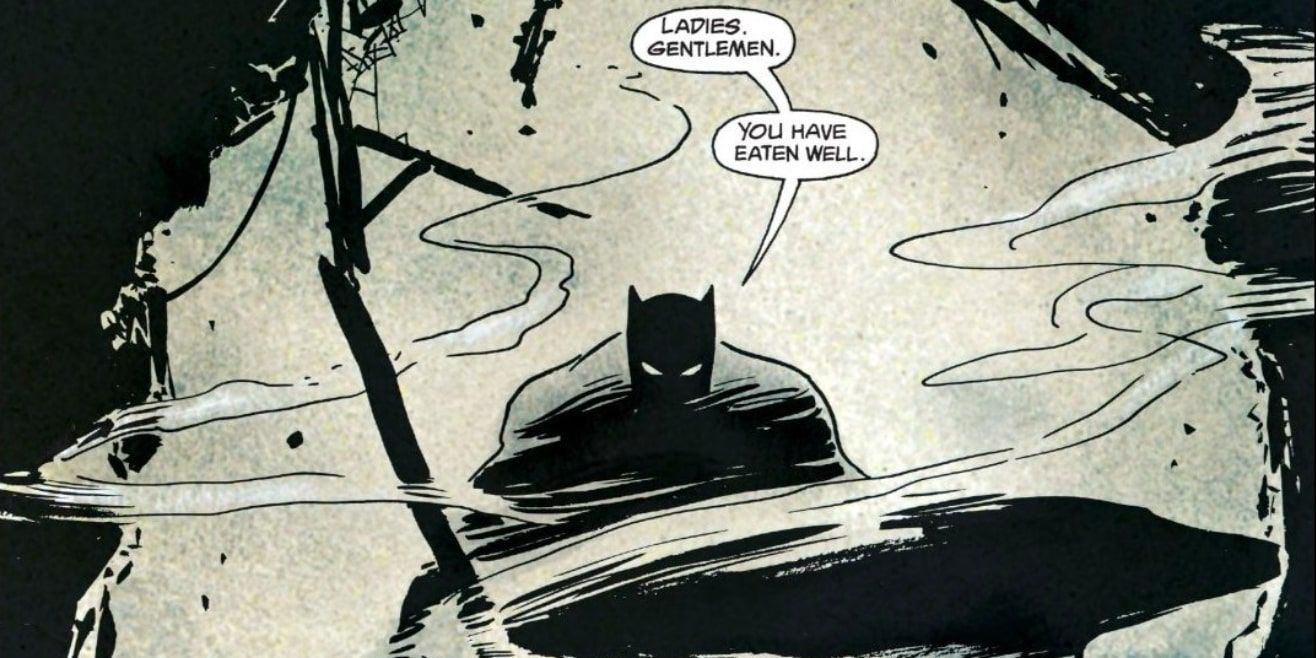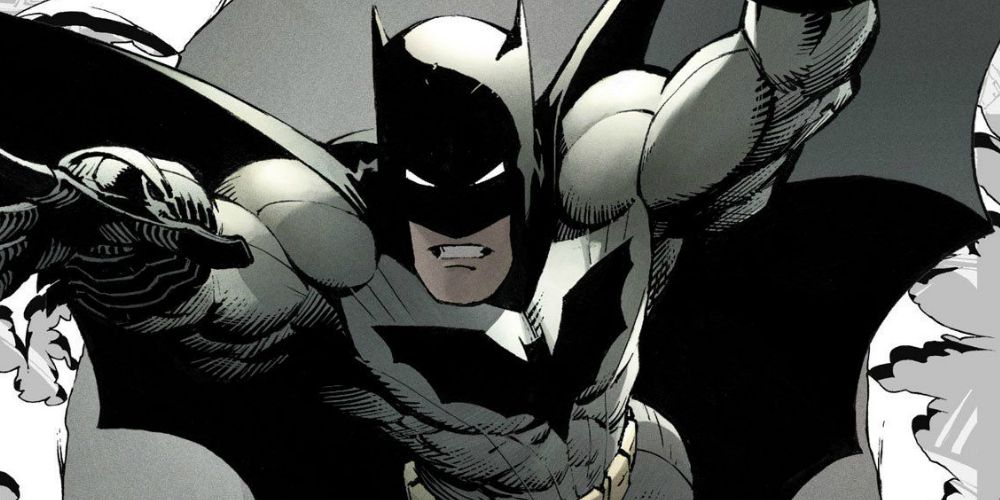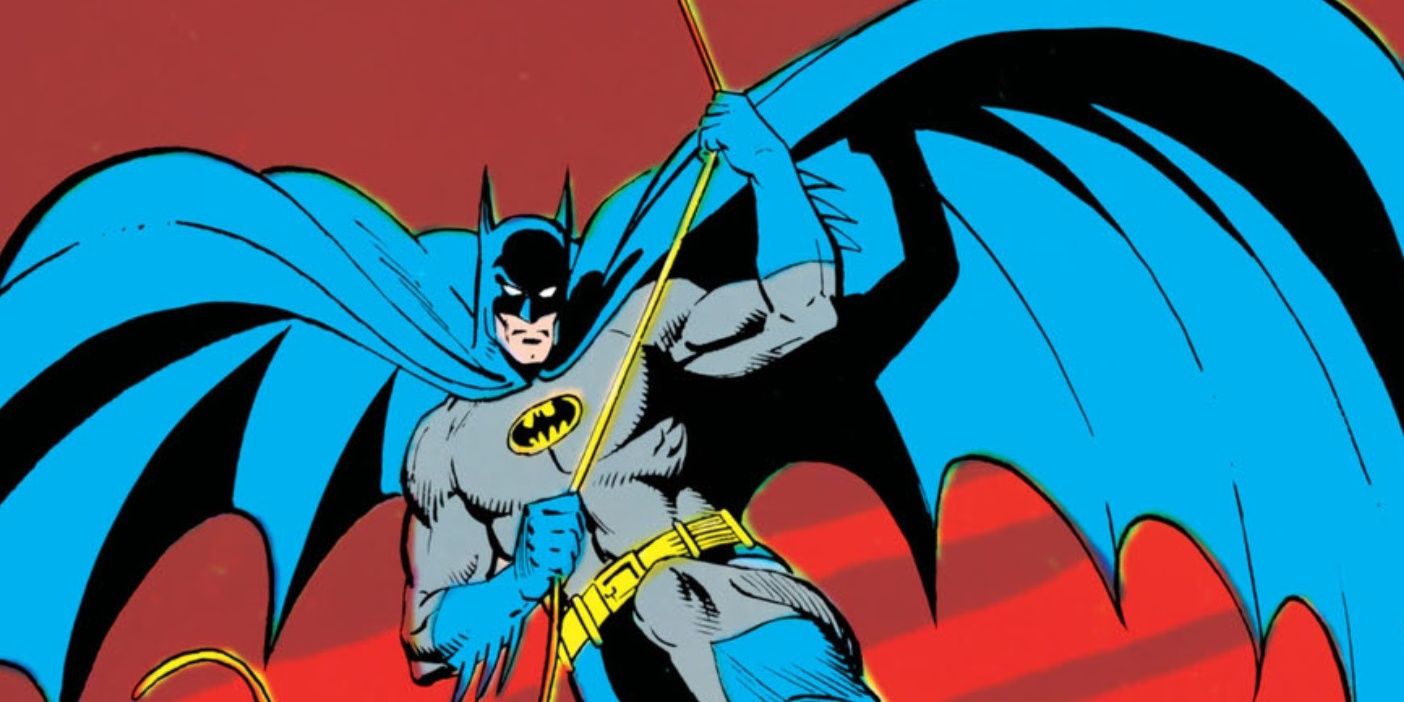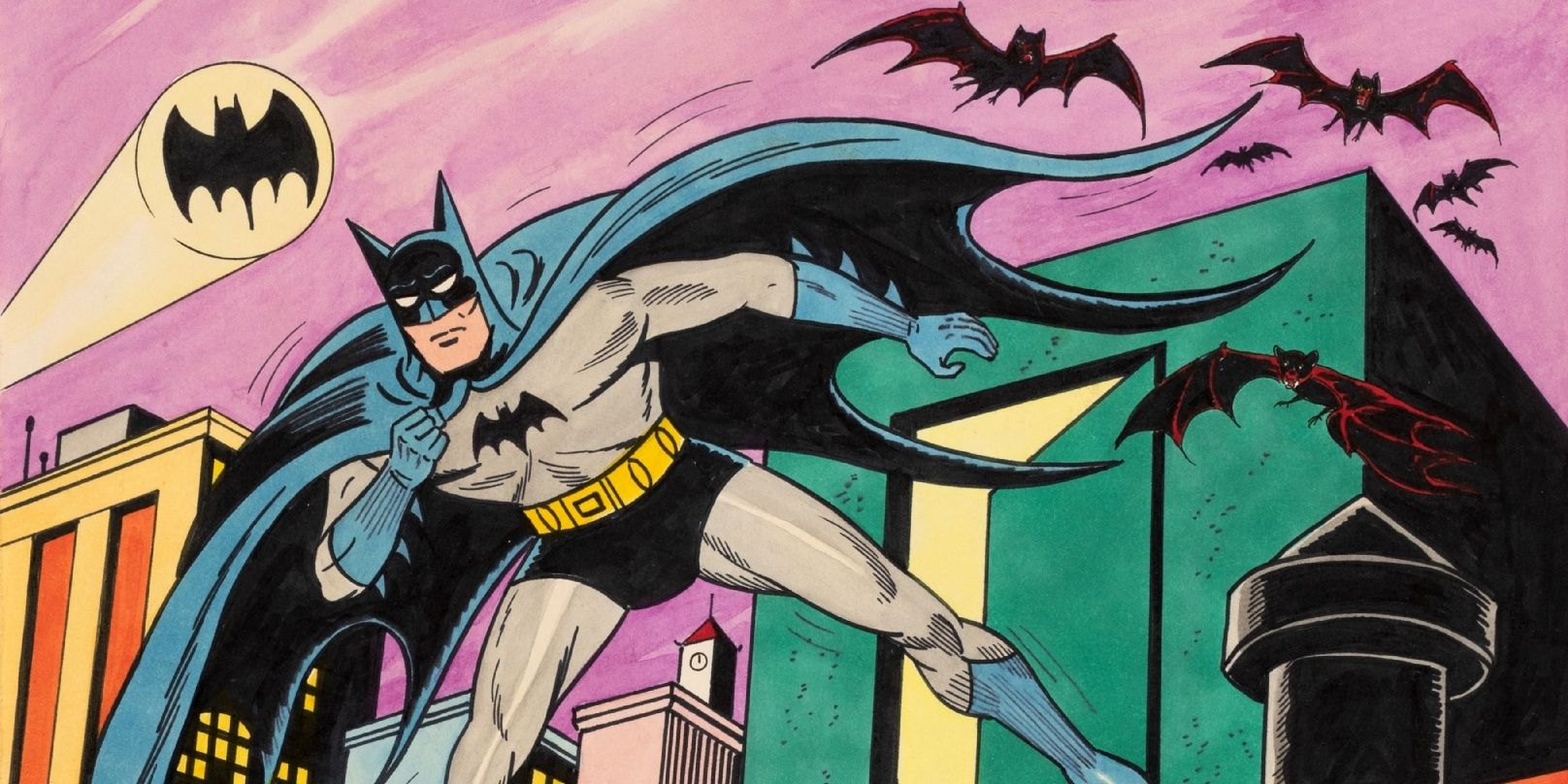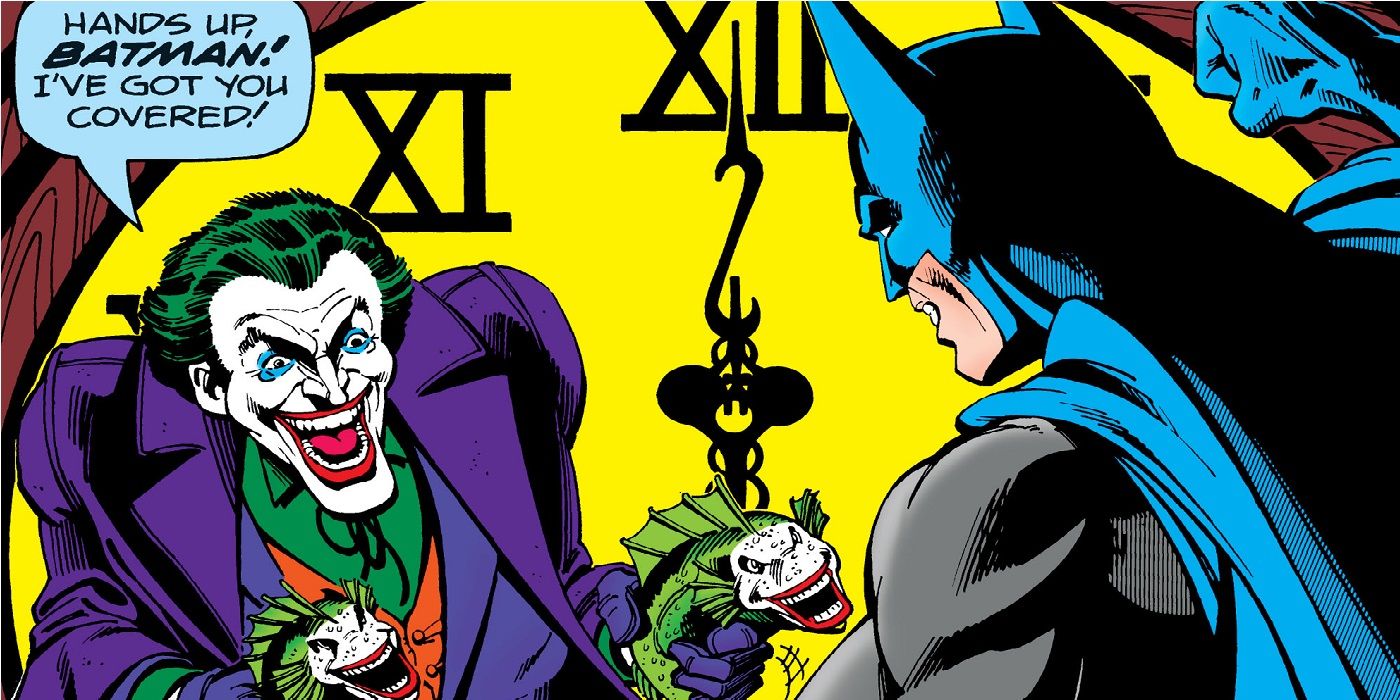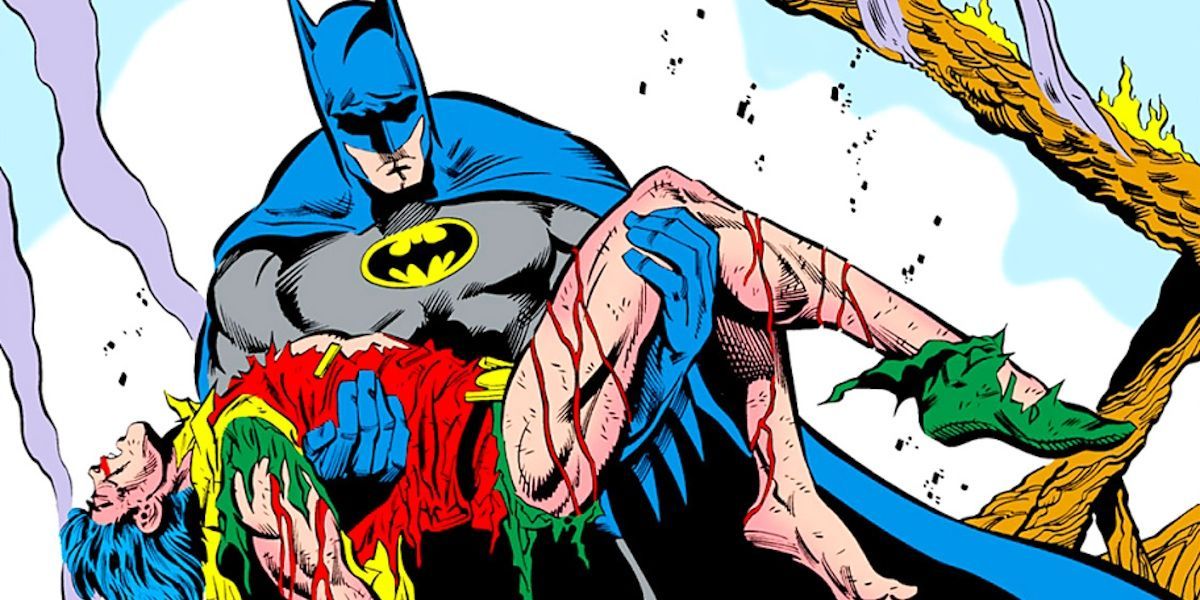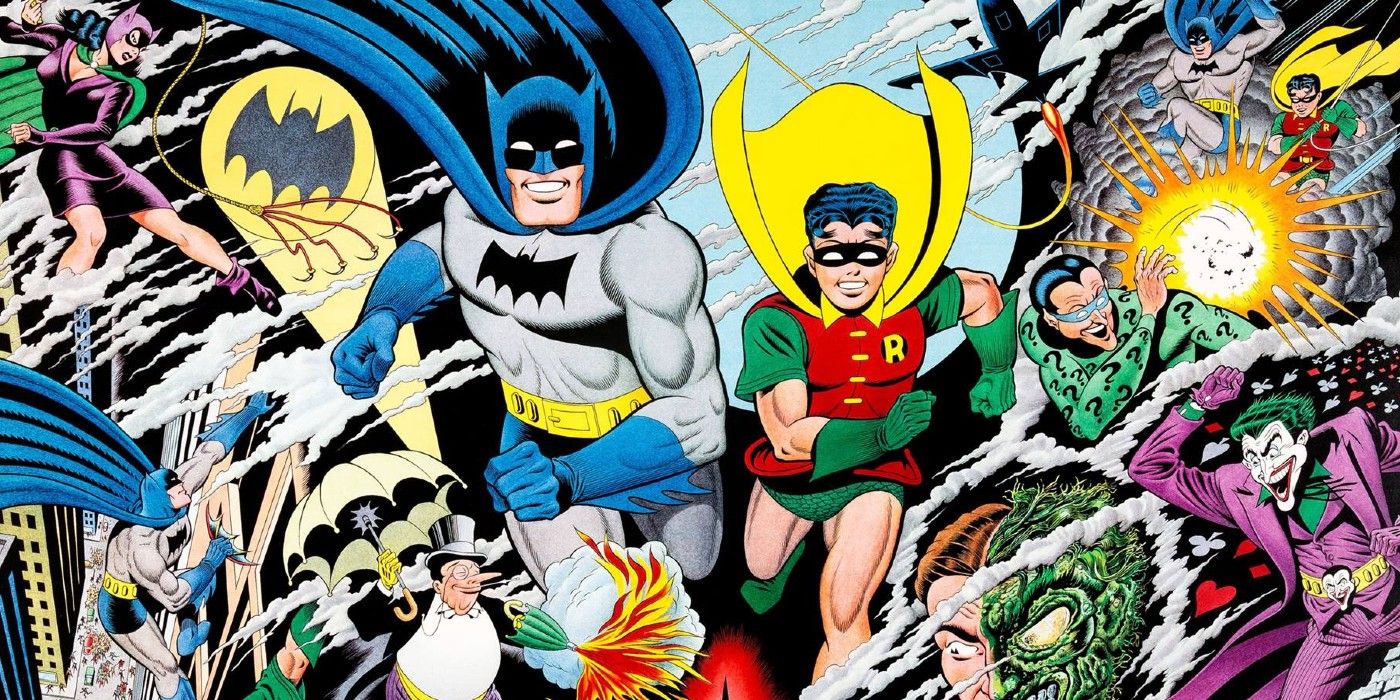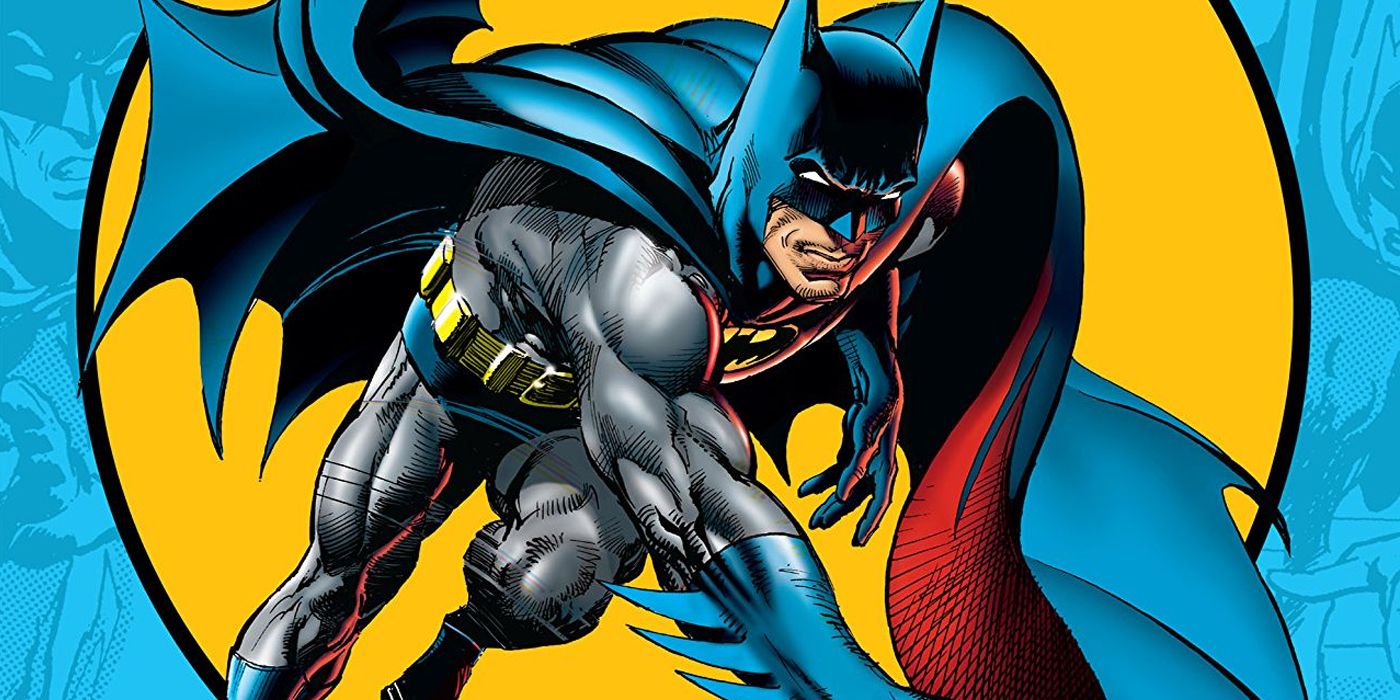Batman is not only one of the most recognizable and definitive superheroes of all time, he's also, arguably, the coolest looking. With a cowl that covers most of his head, a bat-winged cape, and a dark color scheme, Batman's visuals create a gothic aesthetic. The look of his supporting cast, villains, and Gotham City itself all serve as a reflection of his presence.
Spanning every era of superhero comics, Batman's appearance has evolved over the years, and while it has changed, it doesn't always change for the better. Every artist who works on Batman builds upon what came before, but the best and most memorable ones are those that have honored Batman's roots and added their own unique and lasting element.
10 Jim Lee's Batman Is A Powerhouse
Jim Lee's early contributions to Batman included "Hush," which featured a new Batman villain, tons of classic foes, and a guest appearance from Superman in addition to working with Frank Miller on All-Star Batman and Robin where he showed off his talents by illustrating a multi-page spread of the Batcave.
Lee emphasizes Batman's physicality, and his fight scenes never disappoint. He also has an eye for costuming, designing a functional and practical out for Batman while also revamping the Justice League for a new age in comic books during the new 52 era.
9 Norm Breyfogle Gave Readers A Dark Knight Who Kept To The Shadows
Between Frank Miller's groundbreaking Dark Knight Returns and the Batman movie of 1989, the 1990s ushered in an era of a darker "creature of the night" Batman. Superheroes in general went through a Dark Age, and artist Norm Breyfogle had the strongest influence on the art style of Batman at the time.
Creating characters like Victor Zsasz and the Ventriloquist, Breyfogle also defined the look of the newest Robin, Tim Drake. Breyfogle's vision of Batman during the Dark Age made him the definitive artist of the character in the 1990s.
8 David Mazzucchelli Drew A Younger, Realer, Batman
Many artists worked on Batman before David Mazzucchelli tackled him in 1987, and yet his work on the character remains impactful. Batman: Year One set the clock back to zero for Batman, allowing Mazzucchelli to build the character from the ground up.
Infusing the world with darkness, Mazzucchelli sketched a present-day Gotham City that felt like a real, crime-filled city, whose inhabitants were presented with warts and all. His Bruce Wayne was pained and his Batman was mysterious, and the balance that was struck remains with the character today.
7 Greg Capullo Brought Batman To A New Era
A modern-day Batman artist needs to stand out, and Greg Capullo rose to that task when he took on the character in 2011. The Modern Age had more artists interpreting Batman than in previous eras, and Capullo's artwork managed to be a highlight.
Illustrating arcs in the new 52 era and being a creative force behind Dark Nights: Death Metal, Capullo demonstrated an eye for a modern Batman and flexed his artistic muscles in creating alternate versions. With Capullo on the art chores, Batman remained a top selling character.
6 Dick Giordano Helped Cement Batman's Look For Decades
It can't be understated how influential Dick Giordano was to comic books in general and Batman in particular. As an editor, he ushered in a more mature age of Batman comics in the 1980s, and as an inker, he worked with the best artists of the 1970s, his finishes adding an intense mood to the character.
Giordano's work as a Batman artist was huge. The feel he developed for the character as both an inker and editor gave him a perspective on the character that few other Batman artists possessed.
5 Sheldon Moldoff Played A Role In Creating Many Of Batman's Foes
Bob Kane may be recognized as the creator of Batman, but credit for the original look and overall feel of Batman goes to Sheldon Moldoff, a ghost artist for Kane.
Moldoff was an active comic book artist as early as the 1930s and had a seamless transition into being a Batman artist in the 1950s. One of the definitive visionaries of the Golden Age, Moldoff's contributions to the Batman mythos includes the original designs for Poison Ivy and Mr. Freeze and giving the Riddler a redesign in the 1960s.
4 Marshall Rogers Brought Batman Back To The Streets
Tracing back the origins of the definitive looks of Batman as he appears outside of comics books inevitably leads to the work of Marshall Rogers. The Bronze Age of the 1970s and 1980s returned Batman to the street-level stories with an added noir flair, and Rogers was responsible for many of those.
Highlights of Rogers' tenure include "I Am Batman" where Hugo Strange finds out that Batman is Bruce Wayne and poses as him and "The Laughing Fish", which was adapted into an episode of Batman the Animated Series.
3 Jim Aparo Defined Batman For Generations
Jim Aparo's lengthy career as a Batman artist spanned decades. He began drawing Batman in Brave and the Bold in the 1970s, continued with Detective Comics and The Outsiders in the 1980s, and worked on the most memorable and iconic stories into the 1990s such as "A Death in the Family" and "Knightfall".
Aparo's work progressed alongside the evolution of Batman and was at the forefront of major changes to the character, leaving such an impression that his interpretations of the characters are easily recognizable, like his Joker having elongated facial features.
2 Dick Sprang Brought Batman Out Of The Pulp Shadows And Into The Superhero Light
The look that defined Batman early on came from the hand of Dick Sprang. Working as an artist for DC Comics as early as 1941, Sprang was there at the beginning, refining Batman's features and creating the template for the Golden Age Batman.
Sprang illustrated Batman in both comic-length adventures and weekly newspaper strips, proving that his sensibilities work well in both formats. His Batman was a bold figure that filled every panel with striking poses, and he populated the world of Batman with larger-than-life characters.
1 Neal Adams Made Batman Real
To leave a definitive mark on an enduring character like Batman takes hard work and talent, which the highly acclaimed Neal Adams excels at. There's a sense of dynamism in Adams' art that captures tension and brings drama to the character that brings out the best in the most iconic Batman writers such as Denny O'Neil.
Adams definitively proved that Batman works best as a character grounded in realism over high fantasy stories, and his art brought forth the more psychologically twisted aspects of villains such as Joker and Two-Face.

